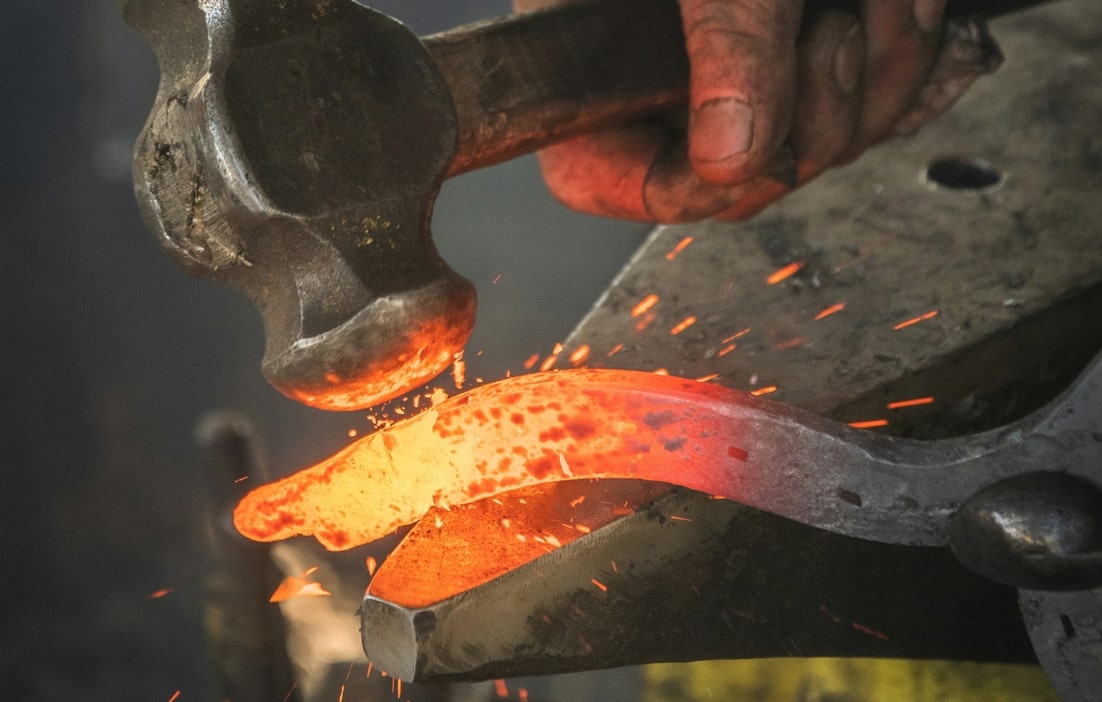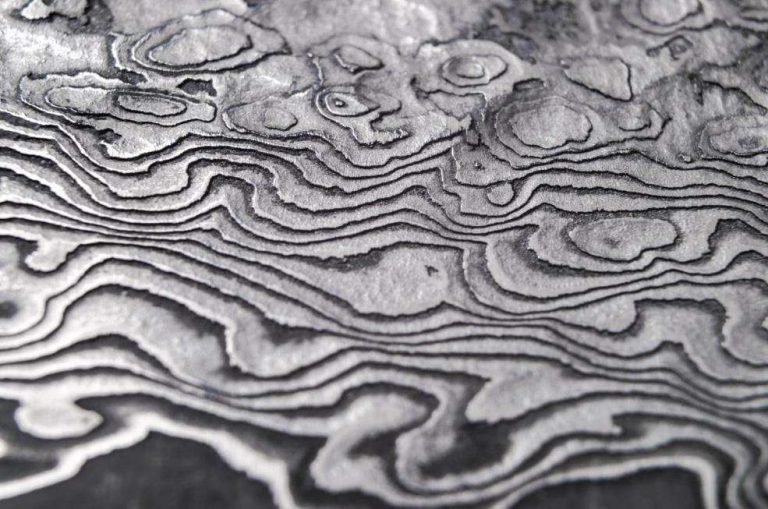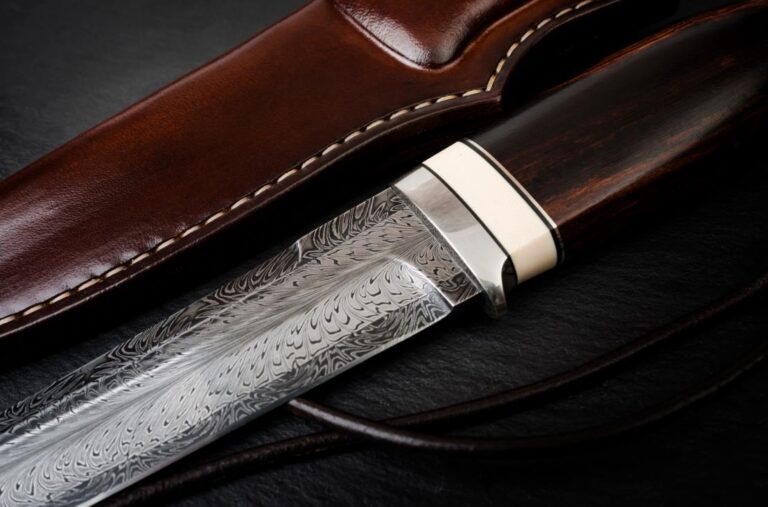12C27 steel is a well-known name among knife communities. Though it is less and less seen as the primary steel for knives, it remains somewhat of an OG steel from before super steels became prevalent.
It is a stainless steel with a relatively simple chemical composition. First developed by the Swedish company Sandvik, which you may also find under the name Alleima. It’s a classic martensitic stainless steel well-regarded for its versatility within the knife industry. It’s not a hard steel, no. Blacksmiths usually heat treat the knife around the 56 HRc mark. But the overall toughness, rust resistance, and ease of work with 12C27 make it a desirable steel. Originally intended for use in Scandinavian knives, its applications have expanded across various types of knives, from everyday carry to specialized hunting knives, making it a staple in the knife industry for its well-rounded performance.
If you are searching for 12C27 steel, chances are you have also heard of 14C28N and other Sandvik steels. Not only will we talk about 12C27 steel in detail in this article, but we’ll also compare it to some of its close variations. Keep reading to find out!
Development of 12C27 steel
12C27 steel was developed by the Swedish company Alleima, formerly known as Sandivk, as most people recognize the name. The company recently rebranded and changed its name. According to the sources we gathered, the steel was developed around the 1950s. Sandvik subsequently developed its successors, 13C26 and 14C28N, not long after, in the 1970s and 1990s. As per the datasheet on Sandvik, 12C27 steel is suitable for making hunting and fishing knives, pocket knives, skate blades, and ice drills.
Chemical composition
- Carbon (C): 0.60%
- Chromium (Cr): 13.50%
- Manganese (Mn): 0.40%
- Silicon (Si): 0.40%
- Phosphorus (P): 0.03%
- Sulfur (S): 0.01%
12C27 is a low-alloy steel with a simple chemical composition, containing approximately 0.60% carbon. Carbon is crucial as it increases the edge retention, hardness, and tensile strength of the steel. With a chromium content usually around 13.5%, it is the element responsible for the high corrosion resistance of the steel. Chromium also plays a role in enhancing the steel’s wear resistance and toughness.
The additional elements, such as manganese and silicon are present in smaller amounts. They are used to refine grain structures and help in the steel manufacturing process.
Buy Wholesale Knives and Start Scaling up with Us Today
Contact us and connect with a sales rep to get a free quote.
12C27 steel physical characteristics
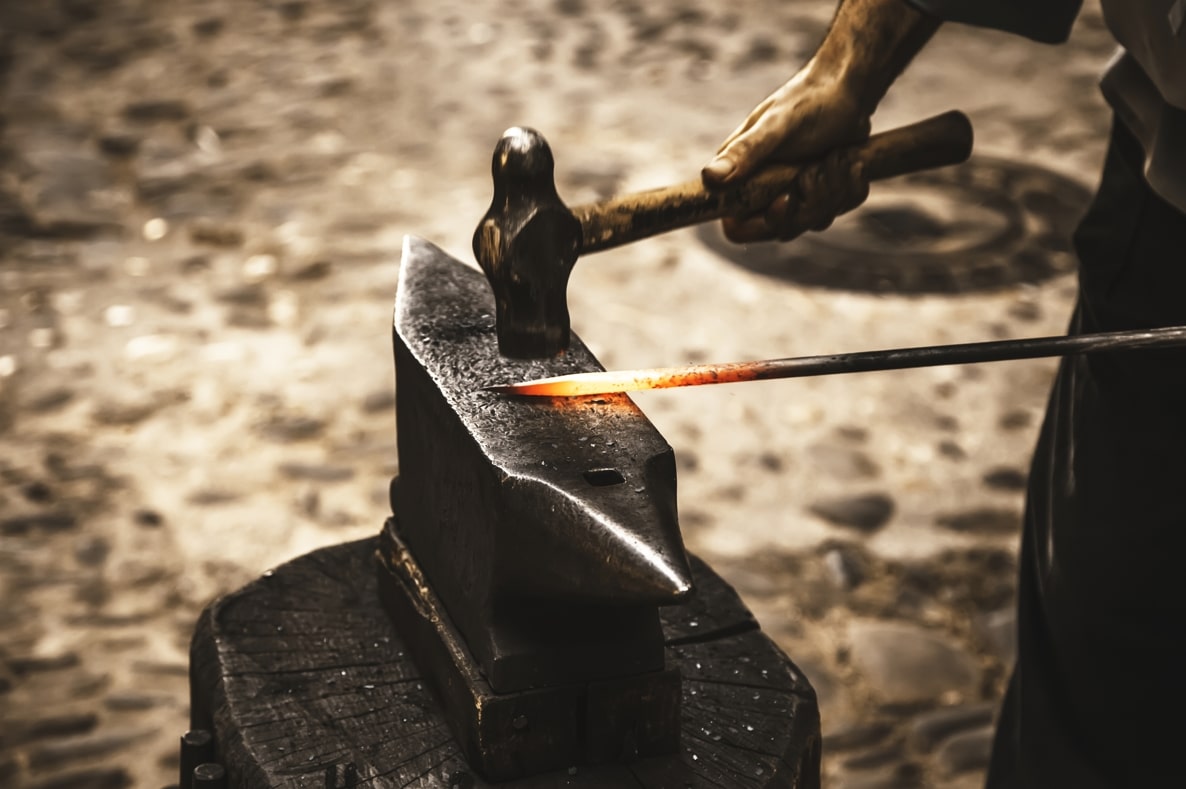
In this section, you’ll explore the detailed physical and mechanical properties that define 12C27 steel. This martensitic stainless chromium steel is crafted with specific attributes such as hardness, toughness, and wear resistance to fulfill the needs of diverse applications.
Hardness and edge retention
12C27 steel typically achieves a Rockwell Hardness of around 56-57 HRC, affecting its ability to maintain a sharp edge. The Rockwell Scale measures hardness, with higher numbers indicating harder materials that can sustain sharpness longer. Although 12C27 steel can technically reach up to 61 HRC, which improves its hardness and edge retention, it is almost never seen at such high hardness levels. This is because it would impact its toughness and resistance to rust.
Toughness
12C27 steel provides decent toughness for its adequate chromium percentage. While it may not be the best option available, it certainly holds its own. Knives made from 12C27 steel generally resist chipping and breaking well, even under harsh environments. This resilience is the main reason why 12C27 steel remains preferable for crafting some everyday carry knives and outdoor tactical knives.
Rust resistance
12C27 steel boasts high corrosion resistance, being a stainless steel. The ability to resist rust is primarily due to its chromium content. However, knives made from 12C27 still require appropriate maintenance to prevent rust, as it is inevitable over time.
Ease of sharpening
The ease of sharpening correlates with the hardness and edge retention of a steel. Since 12C27 is a steel with moderate hardness, it is relatively easy to sharpen.
12C27 steel applications
12C27 steel is versatile and extensively utilized in the knifemaking industry. Kitchen knives crafted with 12C27 often exhibit an impressive blend of durability and cutting precision. The steel is also a popular choice for pocket knives and fishing knives, where maintaining a sharp edge and resisting corrosion is crucial. Additionally, it’s not uncommon for camping knives to be made from 12C27 due to their need for robust performance in diverse conditions.
In adventure gear, 12C27 steel is found in outdoor knives and tactical knives that require trusted performance and endurance. Hunting knives made from 12C27 ensure that whether you are field-dressing game or preparing campfire meals, your tool remains sharp and corrosion-resistant. The combination of toughness and the ability to maintain an edge makes it ideal for tactical knives, where reliability could make a difference in critical situations. Moreover, sports enthusiasts appreciate the material’s characteristics, making it perfect for sporting goods like fishing accessories, where exposure to water demands high corrosion resistance.
Buy Wholesale Knives and Start Scaling up with Us Today
Contact us and connect with a sales rep to get a free quote.
12C27 steel vs other steels
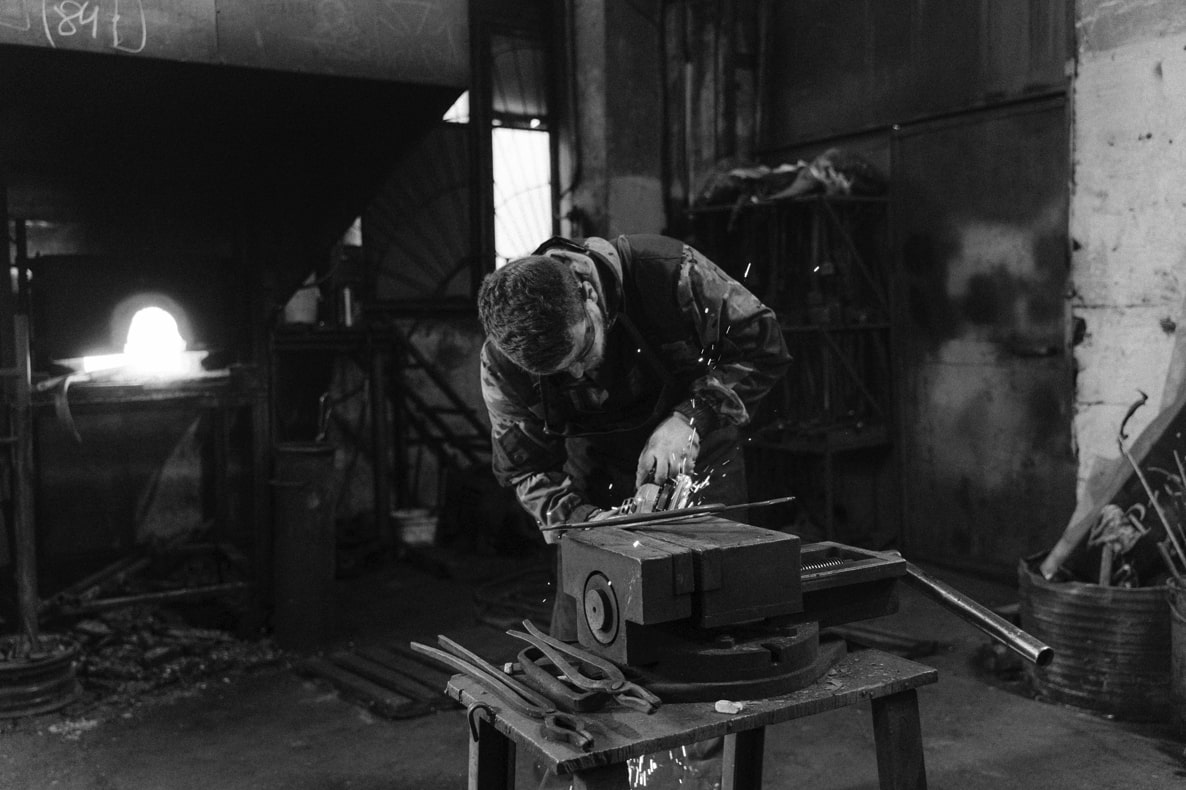
AEB-L
AEB-L steel, developed by Swedish company Uddeholm, boasts a fine-grained structure and high corrosion resistance, making it a favorite among culinary enthusiasts and knife makers alike.
While AEB-L steel excels in edge retention and sharpness due to its finer grain structure, 12C27 steel offers enhanced toughness and ease of sharpening. AEB-L steel tends to lean towards higher hardness levels, around 59-61 HRC, while 12C27 typically ranges from 56-57 HRC. This contrast in hardness affects their respective edge retention and sharpening characteristics. Both steels exhibit excellent resistance to corrosion, but AEB-L steel may require slightly less care to maintain its edge due to its higher hardness. Ultimately, the choice between AEB-L and 12C27 steel depends on the specific requirements and preferences of the knife maker or user, with each steel offering its own unique blend of performance characteristics.
14C28N
12C27 steel and 14C28N steel share a common origin, both being developed by Sandvik. 12C27 represents a classic choice in the knife industry, valued for its balanced performance and ease of maintenance. In contrast, 14C28N steel emerged later, in the 1990s, as a modern iteration with enhanced properties tailored for contemporary knife-making demands.
While 12C27 steel offers respectable toughness and corrosion resistance, 14C28N steel takes these attributes a step further, providing improved hardness and edge retention. The difference in their composition and heat treatment processes results in 14C28N steel typically achieving higher hardness levels. This increased hardness translates to superior edge retention for 14C28N steel, making it a preferred choice for high-performance knives. Additionally, 14C28N steel exhibits excellent corrosion resistance, ensuring longevity and durability in various environments. However, it’s essential to note that the ease of sharpening may slightly favor 12C27 steel due to its lower hardness.
12C27M
12C27 and 12C27M are both stainless steels developed by Sandvik, renowned for their use in knife making. While they share a similar base composition, 12C27M features added molybdenum (M) for improved strength and corrosion resistance. This addition enhances the steel’s overall performance, making it better suited for demanding applications. Typically, both steels have a similar Rockwell Hardness, around 56-57 HRC. However, 12C27M may exhibit slightly better toughness and edge retention due to the presence of molybdenum. Knife makers often choose between the two based on specific requirements.
Is 12C27 steel a good idea?
Even though it’s a relatively old steel with a history spanning over 60 years, many brands still rely on 12C27 steel for their products, and customers continue to purchase them. While there are indeed better alternatives available, such as 14C28N and 13C26, which are considered direct upgrades, 12C27 still holds its ground in the market.
One of the main advantages of 12C27 is its affordability, making it a popular choice for budget-friendly knives. Additionally, its ease of workability and straightforward heat treatment process make it appealing for knife makers of all skill levels. For those considering starting a business in selling knives or even crafting and selling their own, 12C27 steel serves as a safe starting point. By choosing it as the primary steel, one can gradually upgrade to more advanced options as they gain experience and recognition in the industry.
If you’re in search of dependable OEM knife manufacturers and wholesale dealers, look no further than LeeKnives. With over three decades of experience in forging and selling knives in bulk since 1993, we pride ourselves on delivering quality products and excellent service. Contact us today to get a quote and discover the wide range of options we can offer to meet your needs!
